The HØLTE collaborator interview – Design Can
For this month’s journal, we sat down for a chat with our friends Sabine Zetteler and Avni Patel at Design Can, a campaign, community and active resource platform calling for an inclusive and representative creative industry.
Sabine: I set up my communications agency, Zetteler, ten years ago, and had begun to realise how incestuous, white and male the design sector is. We have clients from many different backgrounds, but it was always the same old names on every podcast, conference, design award and festival.
We launched Design Can in 2019 after having lots of conversations with editors, curators, journalists and PR people. As a group, we knew we were in a pretty good position to change the narrative as we do have some power to choose who we represent, interview or feature. If we all changed who we were featuring in the media, we could turn the design industry around.
The Design Can steering committee got together to write a manifesto. It calls for everyone to pick up their tools and use them to fight for equity. The design sector is comprised of people who are designing everything in our lives – from our homes and cars to our cutlery! – so if it’s only designed by one denomination of people, it’s not a well-designed world.
One of my favourite examples from our manifesto is the idea of standing aside and giving opportunities to others. I’ve been asked to be on panels for things that I’m certainly not an expert on. In these instances, we suggest that people should stand aside and instead recommend someone else. It’s about saying that you won’t be a part of something unless it’s more balanced demographically – particularly if it’s majority white or majority male. You could change someone’s career trajectory by standing aside and giving them that slot. That’s a really exciting thing to do without really having to do very much at all.
In 2024, our focus is on access – to jobs, opportunities, resources; everything that supports people to break into and progress through the design sector. We also want to highlight prejudice against those from racially diverse backgrounds and those with disabilities. We realised that we needed to design and create tools for people to not just understand how big the issues are but to also give them the skills, tools and community to do something about it.
Image credits: Justine Trickett. Design Can x Ardagh Young Creatives at the Design Museum, Mentoring event, June 2023 (Ardagh Young Creatives is a programme for young people to explore pathways into design) Applications open for 2024*
Avni: Alongside my work at Design Can, I work at the Design Museum, running their young people’s programme. One of the things we’ve worked on at Design Can is a series of events for the London Design Festival. We did an anonymous survey with over 200 respondents from the industry; we learned that things weren’t changing at all in terms of diversity and inclusion – there was a lack of interest, as well as a lot of shame and fear around addressing the issues.
We came up with the idea of working directly with businesses in the industry. It’s hugely beneficial to them; the research shows that when a company is more diverse their income increases. We did our first event last year with about twenty companies in attendance. We had a lot of engagement; the people who attended all committed to a pledge as a first step towards change.
Sabine: We launched in the summer of 2019, but the summer of 2020, when George Floyd was murdered, became a time when suddenly every business on earth, either in a performative way or a real way, started to talk about race, class and all manners of inequality.
Companies are very good at putting people with disabilities and from different ethnic backgrounds in their marketing campaigns but judging by the responses of people in the industry, there is a fear and shame of doing diversity and inclusion work wrong. There is also a perception that progress has been automatic in everything, and it’s certainly not; for example, the gender divide in architecture has grown in the last two years.
The thing with diversity and inclusion work is that it is far more intimidating than giving 1% for the planet; there’s a lot of vulnerability in exposing the makeup of your business and what you’re going to do to make a difference. There’s the very real threat of cancel culture.
Image credits: Aristotle Papadopolous. Design Can x Ardagh Young Creatives at the Design Museum, Mentoring event, December 2023
Avni: For the last year we’ve begun working with patrons like HØLTE, as a way to engage with industry. They help fund our activities but it’s also a great way of finding out how we can better support those companies.
Sabine: We want Design Can to continue to be free at the point of access – we have lots of free resources on our website; it’s a fascinating mix of podcasts, reports, articles and videos, as well as a jobs board.
We’d like to keep building on our patron scheme; we would ideally like the design sector to pay for Design Can as a service. We only need 18 patrons to fund our operations for a whole year. The benefit for companies is that they get invited to special closed events, and it’s a nice thing to say that, as a company, you’re supporting a movement that’s fighting for equity. We already have companies such as Royal Designers for Industry, Surface Matter, and Pearson Lloyd.
We also want to keep going with our events. They have been much more successful than I assumed they would be. We’ve done two at the V&A so far; we’ve been able to invite influential people from the design sector from all backgrounds and positions, and we’ve brought in a lot of young people through the V&A’s Youth Collective. We’ve also been trying to recruit lots more young people through social media.
We held two mentoring sessions at the Design Museum in 2023. They have a really impressive young creatives programme called Ardagh Young Creatives, which encourages young people to get into design, architecture or creativity in general; it’s been great to partner with them and tap into their database. Hopefully, our Design Can community will continue to grow.







